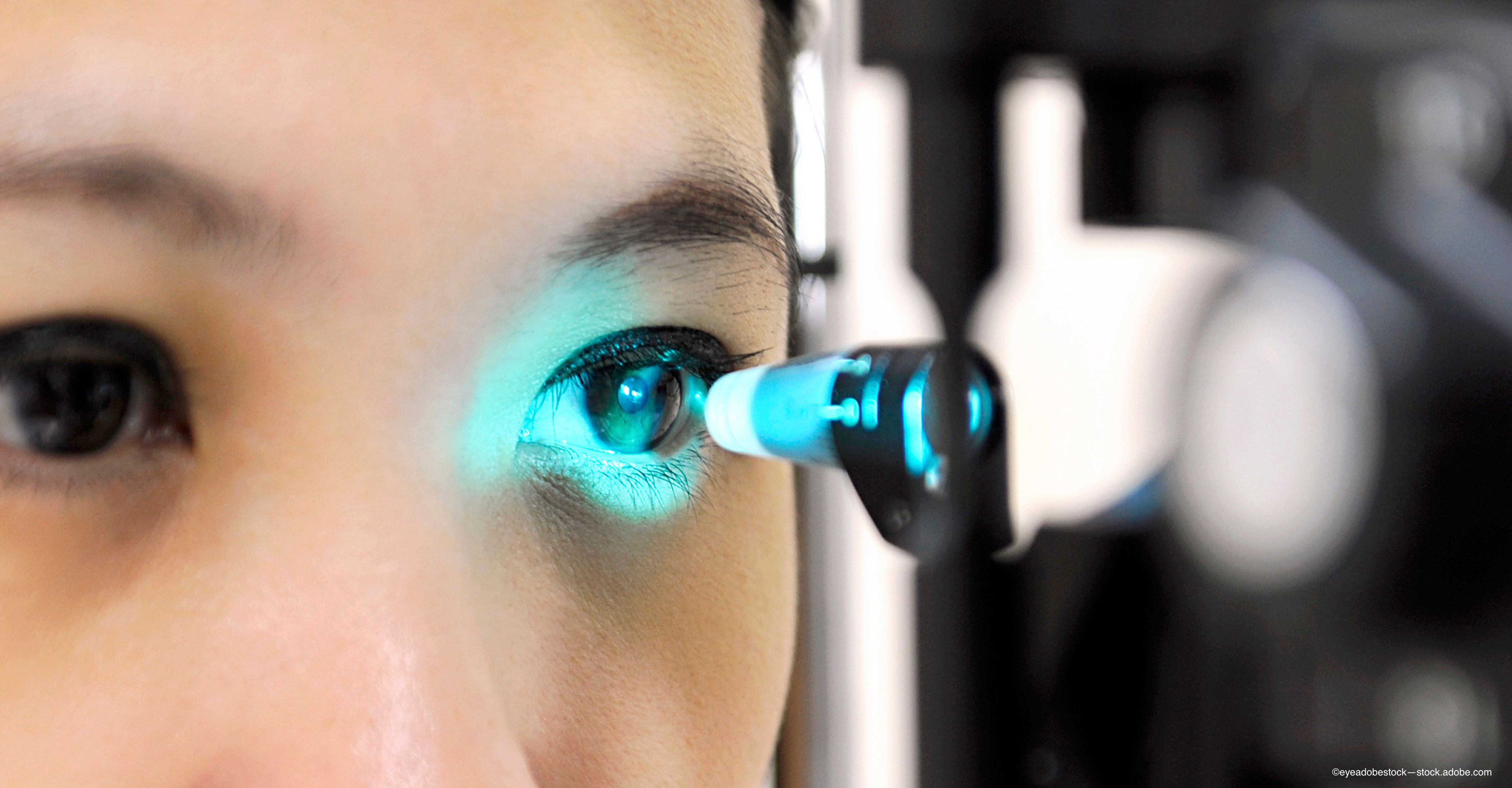IPL illuminates biomarker for early stage glaucoma
Investigators corroborate the hypothesis that retinal ganglion cells with dendrites stratified in the off sublaminae could be damaged.

Reviewed by Zeinab Rozita Ghassabi, MD, and Joel Schuman, MD
A sublayer of the inner plexiform layer (IPL) holds promise as a potential biomarker in efforts to detect early glaucomatous changes, according to Zeinab Rozita Ghassabi, MD, a postdoctoral research fellow, and Joel Schuman, MD, Department of Ophthalmology, New York University Langone Health, New York.
Ghassabi related that animal studies have determined glaucomatous changes start in dendrites and then in the ganglion cells and axons. Visible-light optical coherence tomography (vis-OCT) has been especially valuable in this research because the technology facilitates visualization of multiple sublayers of the IPL. “Vis-OCT has higher axial resolution compared with conventional OCT,” she explained.
Related: Intraoperative OCT: Seeking a new frontier
Conventional systems are limited to axial resolutions of about 3 to 4 μm in contrast to vis-OCT with an axial resolution in vivo of about 1.8 μm in air and 1.3 μm in eye. Ghassabi and colleagues tested the potential of the IPL sublayers as glaucoma biomarkers using vis-OCT compared with conventional biomarkers such as the retinal nerve fiber layer and the ganglion cell layer. To do this, they used a prototype instrument, the Aurora X1 vis-OCT system (Opticent Health Inc) using a 3-D speckle-reduced raster scanning protocol focused on the superior fovea in 9 healthy subjects and 6 patients with glaucoma.
Related: AAO 2020: Comparing outcomes of xen gel stents in glaucoma practice
Results
The healthy subjects (average age, 47 years) and glaucoma patients (average age, 63 years) had respective RNFL thicknesses of 96.43 and 64.6 μm, which differed significantly (P=.002). Respective mean deviation values were –1.55 and –19.4 decibels, a difference that also reached significance (P=.002, Wilcoxon test).
Vis-OCT showed that the IPL has 3 sublayers; in subjects who were healthy and in those with glaucoma, the total IPL values were 39.44 and 35.5 μm (P=.002, linear regression adjusted for age), respectively. The thickness of sublayer 1 did not differ between the 2 groups. The thickness of sublayers 2 and 3 differed significantly: sublayer 2, 17.17 and 14.36 μm (P=.003, linear regression adjusted for age); sublayer 3, 11.29 and 10.29 μm (P=.045, linear regression adjusted for age), Ghassabi reported.
Related: Investigating inflammation caused by intravitreal brolucizumab
Analysis showed a strong correlated with the thickness of sublayer 2 and the mean deviation. “The IPL is a layer of synapses between the bipolar, amacrine, and retinal ganglion cells and can be divided into on and off sublaminae and 5 strata,” Ghassabi said. “The 5 layers that were visible on vis-OCT images were correlated with 5 morphologic strata, S1 to S5.”
The patients with glaucoma had moderate and advanced disease. The thinning of sublayer 2 that was observed was associated with a decrease in the distance between sublayers 2 and 4 in the patients with glaucoma. This thinning was not observed in the healthy subjects.
Related: Drug delivery vs drops: Controlling postop pain, inflammation in cataract patients
“This finding corroborated the hypothesis that retinal ganglion cells with dendrites stratified in the off sublaminae may be damaged,” she commented. According to the investigators, the IPL sublayer 2 seems to have high potential as a clinical glaucoma biomarker. Future studies of early stage glaucoma in a larger study is needed.
Zeinab Rozita Ghassabi, MD
E: zeinab.ghassabi@nyulangone.org
This article is adapted from Ghassabi’s presentation at the American Glaucoma Society’s virtual annual meeting. She has no financial interest in this subject matter.
Related Content: Retinal Surgery | Imaging | AMD | Ophthalmology
Newsletter
Keep your retina practice on the forefront—subscribe for expert analysis and emerging trends in retinal disease management.